Deadline for Submitting Abstracts
March 16, 2018
Submit today!
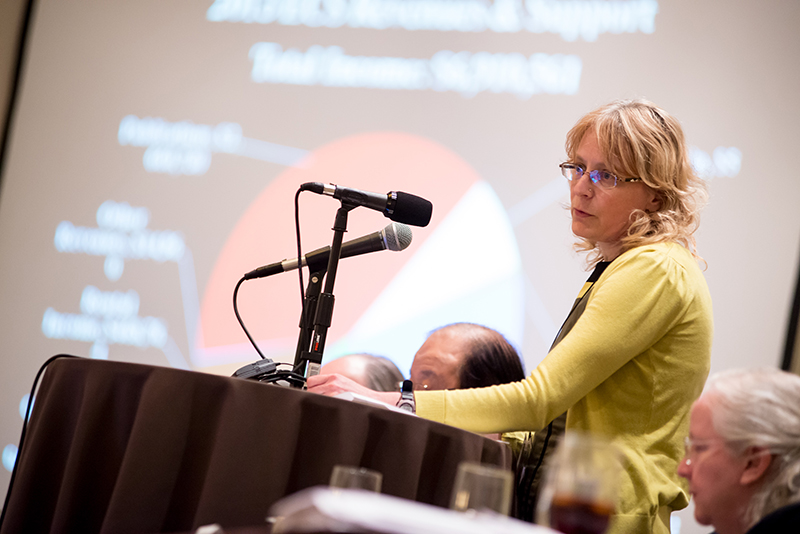 Topic Close-up #2
Topic Close-up #2
Symposium C02: Pits & Pores 8: Nanomaterials – Fabrication, Properties, and Applications
Symposium Focus: This symposium is aimed at the fabrication of all kinds of porous structures, their physical and chemical properties as well as their applications. It is a continuous attempt to integrate the diverse research in different fields such as localized metal corrosion, semiconductor electrochemistry, pore-filling, matrix materials, optical spectroscopy and characterization of magnetic properties in order to develop a highly transdisciplinary approach to the topic. Emphasis will be on pit and pore formation, porous-structure/surface-property relations, work relevant to the formation of advanced materials and their characterization, and applications of these materials in different areas of science such as biomedicine, energy storage and conversion, optics and magnetism.
The symposium brings together scientists from various research fields such as material science, electrochemistry, physics, chemistry, engineering and biology.
(more…)
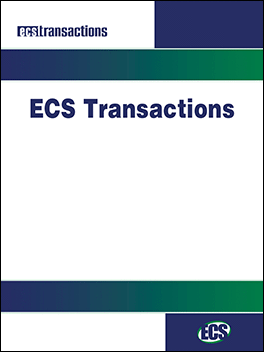 A new issue of ECS Transactions has just been published.
A new issue of ECS Transactions has just been published.

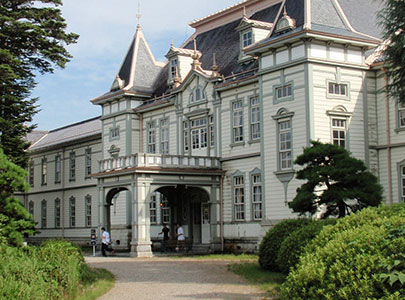
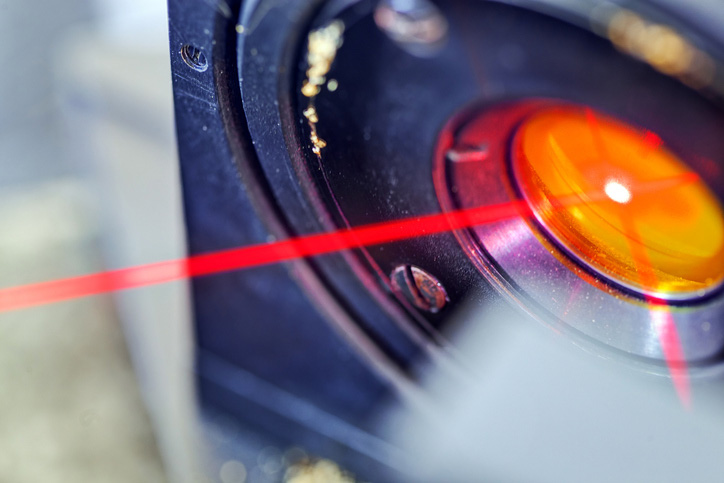 Researchers may have found a way to solve the weakness of a type of light source similar to lasers. The alternative light source could lead to smaller, lower-cost, and more efficient sources of light pulses.
Researchers may have found a way to solve the weakness of a type of light source similar to lasers. The alternative light source could lead to smaller, lower-cost, and more efficient sources of light pulses. Topic Close-up #2
Topic Close-up #2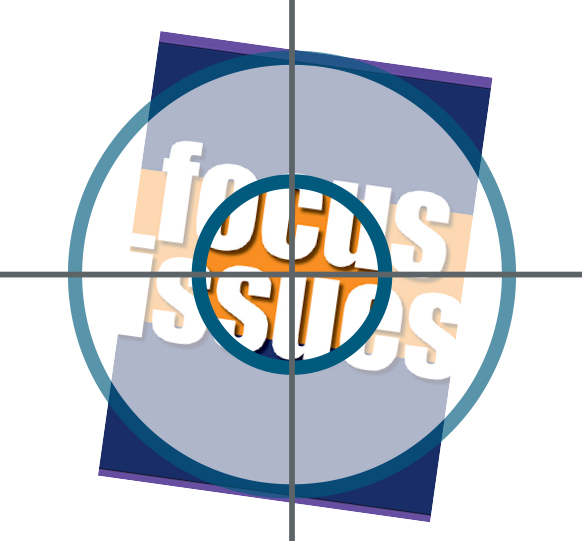 The
The 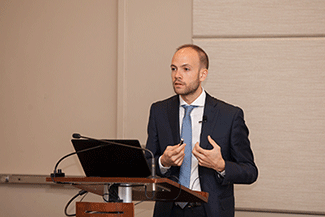
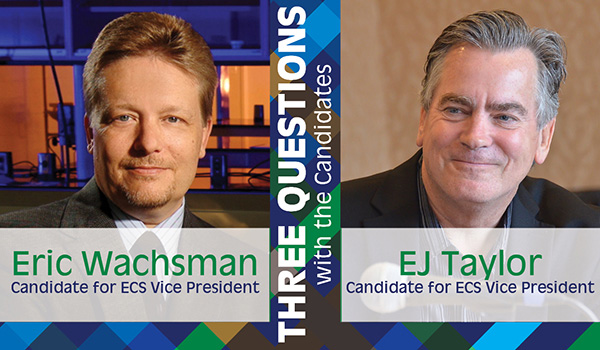 The 2018 Society elections are upon us and ECS wants you to learn more about the candidates from the candidates. All voting members are eligible to participate via electronic proxy. You would have received an email with voting instructions January 15, 2018.
The 2018 Society elections are upon us and ECS wants you to learn more about the candidates from the candidates. All voting members are eligible to participate via electronic proxy. You would have received an email with voting instructions January 15, 2018.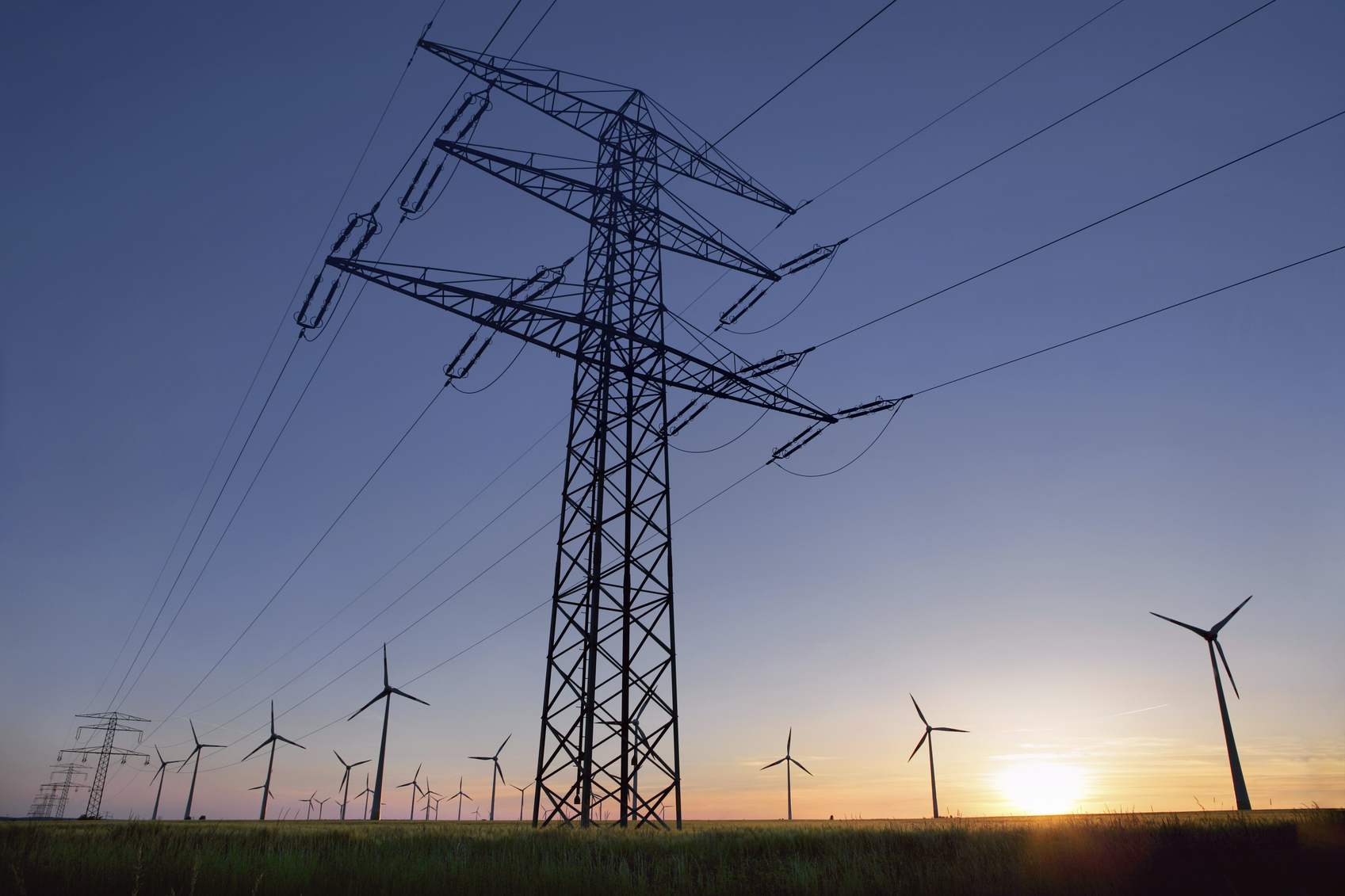 Carbon-free energy: Is the answer blowing in the wind? Perhaps, but the wind doesn’t always blow, nor does the sun always shine. The energy generated by wind and solar power is intermittent, meaning that the generated electricity goes up and down according to the weather.
Carbon-free energy: Is the answer blowing in the wind? Perhaps, but the wind doesn’t always blow, nor does the sun always shine. The energy generated by wind and solar power is intermittent, meaning that the generated electricity goes up and down according to the weather.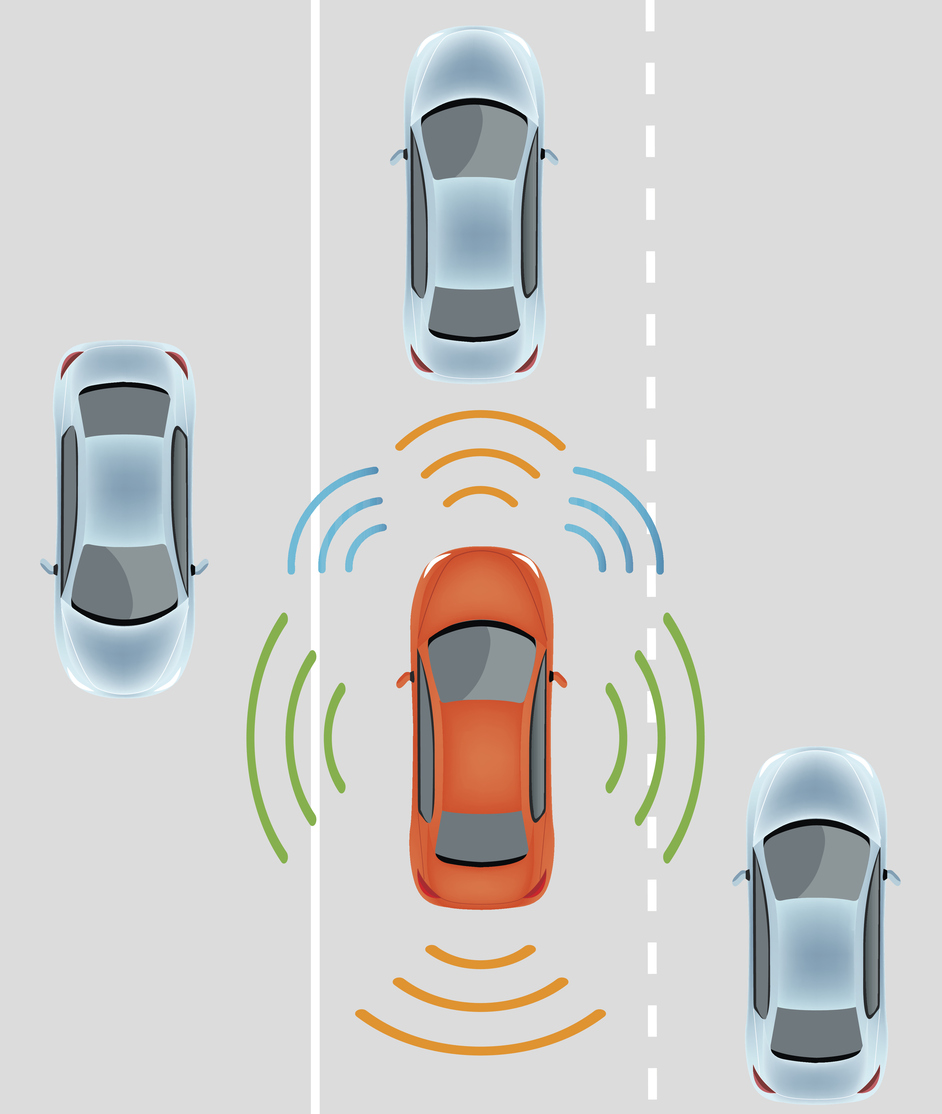 Much of the push toward self-driving cars has been underwritten by the
Much of the push toward self-driving cars has been underwritten by the 